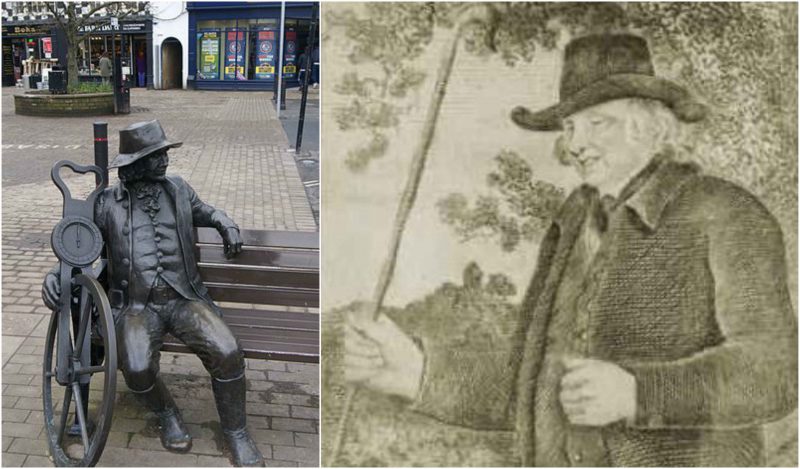John Metcalf or more popularly known as Blind Jack was the first professional road builder. He was born in 1717, in Knaresborough and the most notable moment in his story is that he achieved everything that he did blind.
Not only was he able to find his way from any point in Knaresborough, but he later grew up to build around 180 miles of road across Yorkshire, Lancashire, and Derbyshire. Some parts of those roads such as of A59 and A61 still exist today.
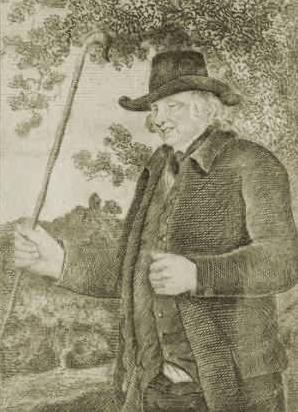
Metcalf was born into a poor family and was left permanently blind at the age of six due to a smallpox infection. Because of his disability, he was given fiddle lessons so that he could make a living later in his life. Not only did he learn to play the fiddle, but he started earning with it very early in his life. He was only 15 when he replaced Morrison at the Queen’s Head in Harrogate who had played there for 70 years.
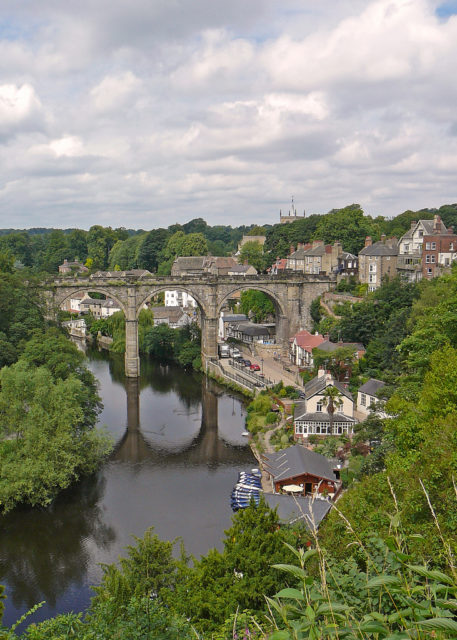
Metcalf was also a very good guide for the visitors in the area, and during his youth, he was able to earn money for his skills showing off the places in Yorkshire. He was also a horse lover and began earning money with some horse trading. His disability didn’t prevent him from swimming, diving, fighting cocks, playing cards, riding and even hunting. Later he developed a career as a carrier of (mainly) fish between York and Knaresborough.
In 1745, Metcalf joined the “Yorkshire Blues” and fought against Bonnie Prince Charlie and the Jacobite rebels. He was present at the Battle of Culloden, and according to some records, Metcalf managed to escape from a possible capture at the Battle of Falkirk.
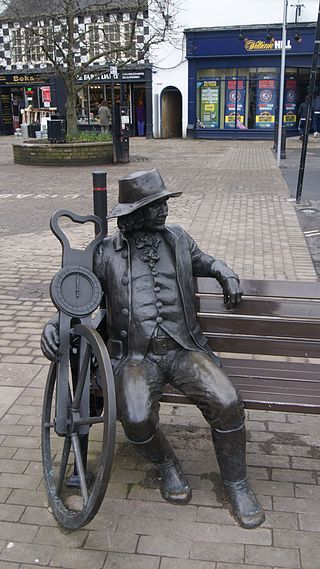
When the Parliament authorized the creation of new roads with toll gates in 1765, among the very few people with road-building experience, John offered his practical knowledge based on his experience as a carrier. With his gang of workmen, Metcalf won a contract to build a three-mile (5 km) stretch of road between Ferrensby and Minskip.
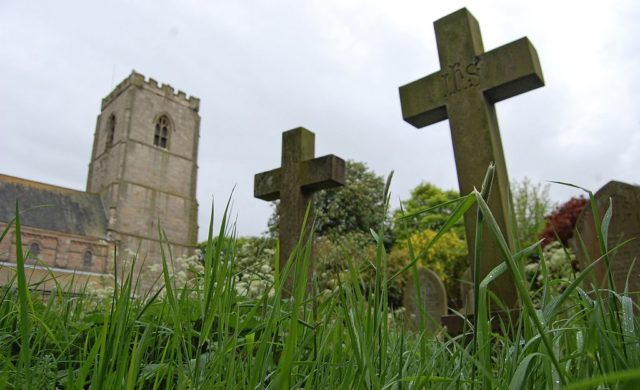
Apparently, Metcalf mastered the skills of a road builder. First of all, he was aware that roads are mostly damaged because of rain, so his roads always had a good drainage with the rainwater draining quickly into ditches at the side of the roads.
Another thing is that while other engineers believed it could not be done, Metcalf found a way to build a road across wetland using a series of rafts made from ling (a type of heather) and furze (gorse) tied in bundles as foundations. Throughout his career, he built 180 miles (290 km) of roads.
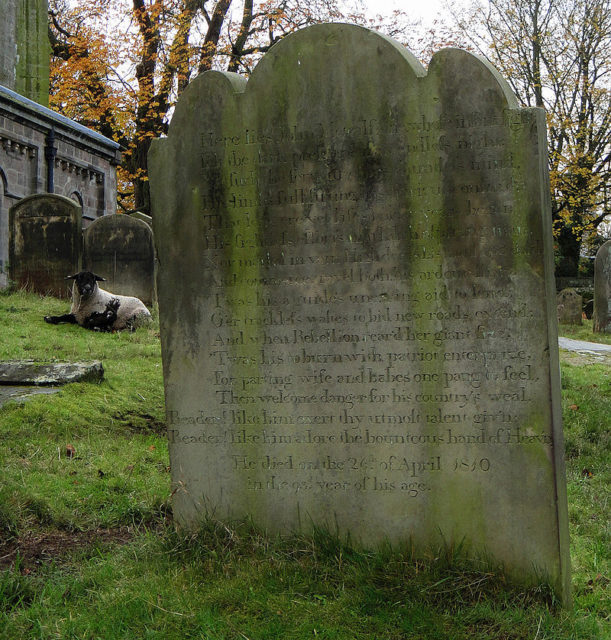
He retired from road building at the age of 77 and went to live with one of his daughters and her husband during which time he wrote his memoirs.
He died in 1810, at the age of 92. Blind Jack left behind four daughters, 20 grandchildren and 90 great and great-great grandchildren.
